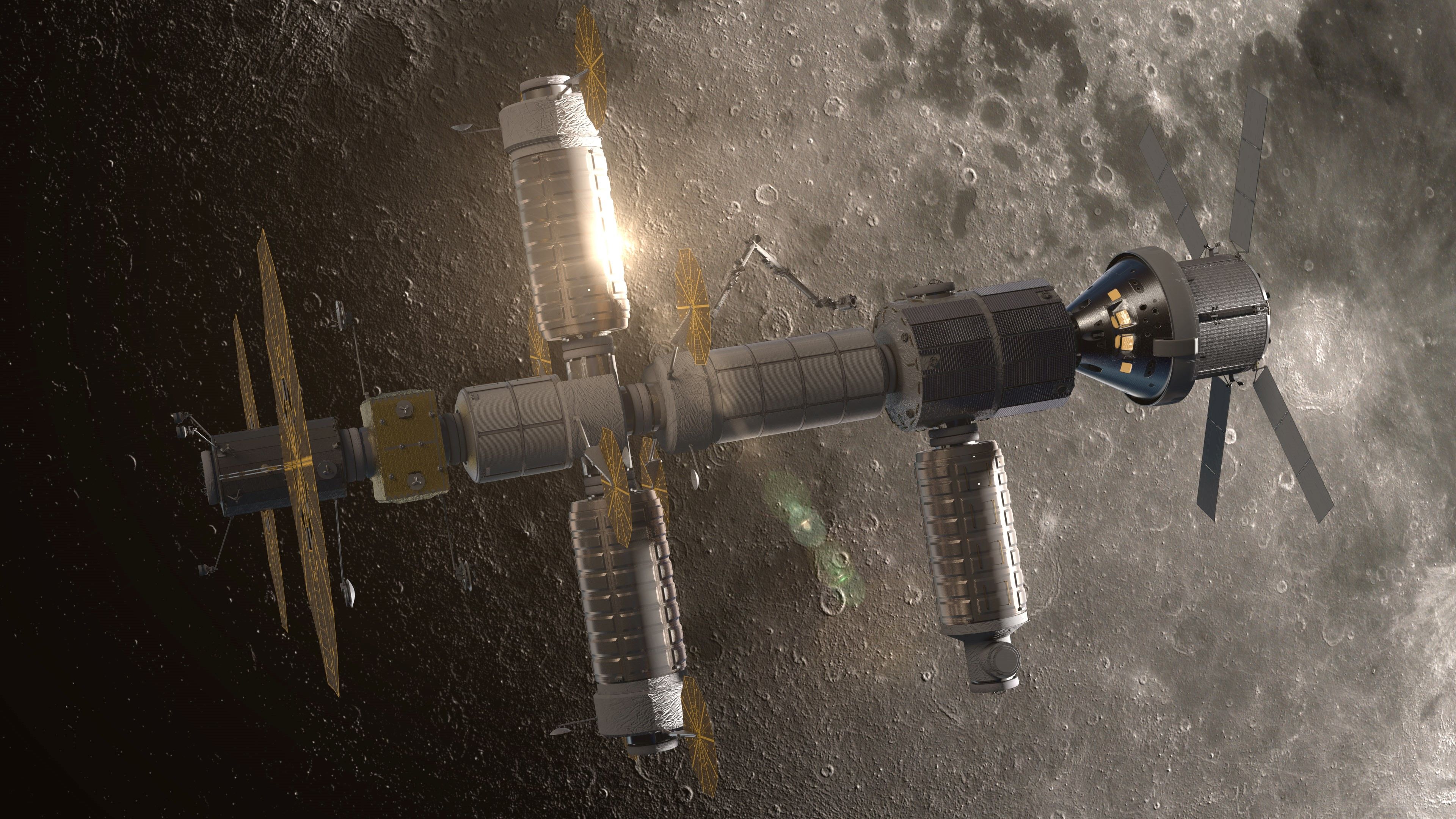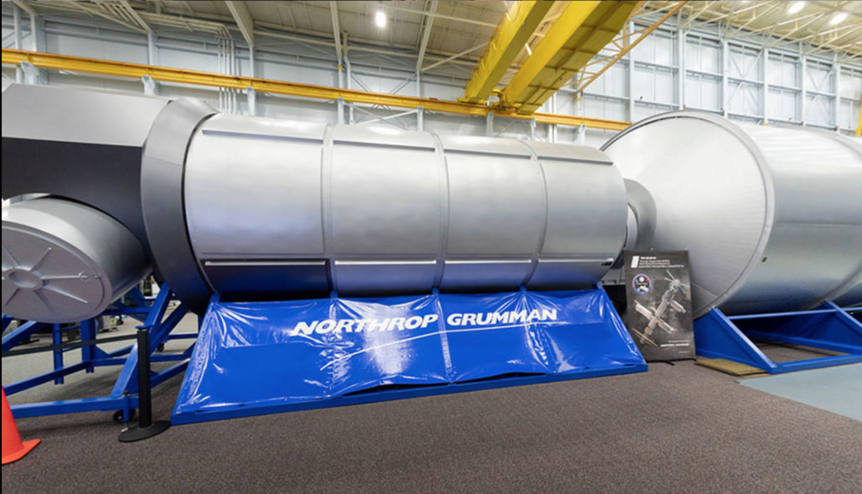Create a free profile to get unlimited access to exclusive videos, sweepstakes, and more!
The moon habitat NASA just approved is one giant leap for mankind

We’ve seen concepts of lunar and deep-space habitats everywhere on the internet, from inflatable hangouts to converted lava tunnels on the moon, but what is NASA actually going to send out there?
Now we know what at least one of them is probably going to look like if it's the final choice for sending to cislunar space. NASA and Northrop Grumman’s full-scale deep space habitat prototype — one habitat possibility for the moon and beyond — has finally completed ground testing that started back in March. We could be seeing the real-life version of what is still just a proto (for now) attached to the upcoming Lunar Orbital Platform-Gateway when astronauts take off for a lunar mission as part of the space agency’s Artemis program in 2024.
The Northrop Grumman proto (based on the company’s Cygnus spacecraft) is made up of a pair of modules and an airlock/tunnel. It “focuses on providing a comfortable, efficient living environment as well as different internal configuration possibilities,” according to NASA. As part of NASA’s NextSTEP-2 program and the NextSTEP Habitation Effort, it was required to undergo testing at NASA’s Johnson Space Center in Texas. Mock-ups by Lockheed Martin, Sierra Nevada Corporation, Boeing and Bigelow Aerospace were tested either at Johnson or other NASA facilities.
Tests on this and the other protos were intended to give NASA an idea of what living and working on the Gateway will be like for astronauts. Separate aspects of the habitat were evaluated by specialized NASA teams. Engineers looked into capabilities and performance, because this thing has to function and hold up in space, while layout and ergonomics were reviewed by human factors teams to see if the habitat optimized efficiency and other aspects of performance.
Being modeled after Cygnus is an advantage for Lockheed Martin since that spacecraft has already been astronaut-tested and approved. Inside the three modules of the proto were robotics workstations, science racks, life support systems, a radiation shelter, a viewing window, crew exercise equipment, a galley, a toilet and sleeping quarters. The larger of the habitat modules has an accessible axial port where an Orion spacecraft would dock and serve as a portal to the gateway for astronauts.
Two shuttle/ISS astronauts and two astronaut candidates lived in the habitat for just as many days, carrying out tasks that NASA and Northrop developed so they could give feedback on what it’s actually like to live in there and go through all the operations they would have to if they were actually in cislunar space. It was as if they had arrived at the Gateway in orbit and went through two days as if they were on a gateway mission — meaning mock versions of observing the moon and communicating with a rover as well as the maintenance tasks no one really wants to do, but has to if they intend to keep the habitat running for years into the future.
With one prototype as a very real possibility for a cislunar habitat, it feels as if NASA already has one boot in the moondust.
(via Space.com)



























